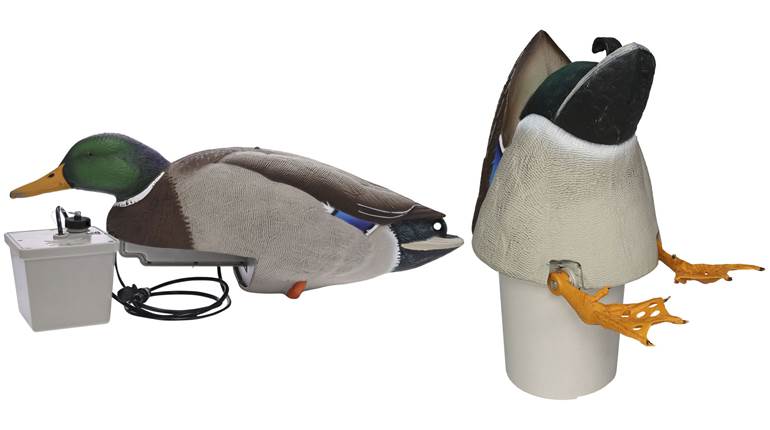
 Anyone who’s accomplished anything in their life realizes that success rarely comes on the first try. Such was the case for Smith & Wesson and its lever-action, but, in this instance, it took 170 years for the company to circle back around to the concept. The new Model 1854 recalls the year Horace Smith and Daniel Wesson partnered to produce a novel lever-action design that used a unique self-contained cartridge.
Anyone who’s accomplished anything in their life realizes that success rarely comes on the first try. Such was the case for Smith & Wesson and its lever-action, but, in this instance, it took 170 years for the company to circle back around to the concept. The new Model 1854 recalls the year Horace Smith and Daniel Wesson partnered to produce a novel lever-action design that used a unique self-contained cartridge.
The original concept had been developed by Walter Hunt in 1848, who enlisted the help of a man named Courtlandt Palmer to produce the gun, initially called a volitional repeater. This first venture failed, but not before attracting the attention of Smith and Wesson. Both men saw potential in the design and enlisted the help of Palmer, who held the patents, and J.W. Post, an agent tasked with finding investors to keep the company alive. A scant few guns were made under the Smith & Wesson name before Post brought in an interested shirtmaker named Oliver Winchester. By 1855, the men had created the Volcanic Arms Co., with Winchester as the majority shareholder.
Manufacturing was soon underway, but Volcanic produced fewer than 2,000 lever-action pistols and rifles before poor sales and mechanical issues led Smith and Wesson to abandon the enterprise to Winchester. One of the rare survivors of the early manufacturing run is the Smith & Wesson-made lever-action pistol shown here, which is on display at the NRA’s National Firearms Museum in Fairfax, Va.





































